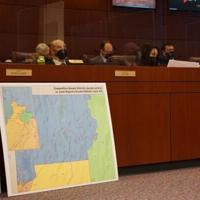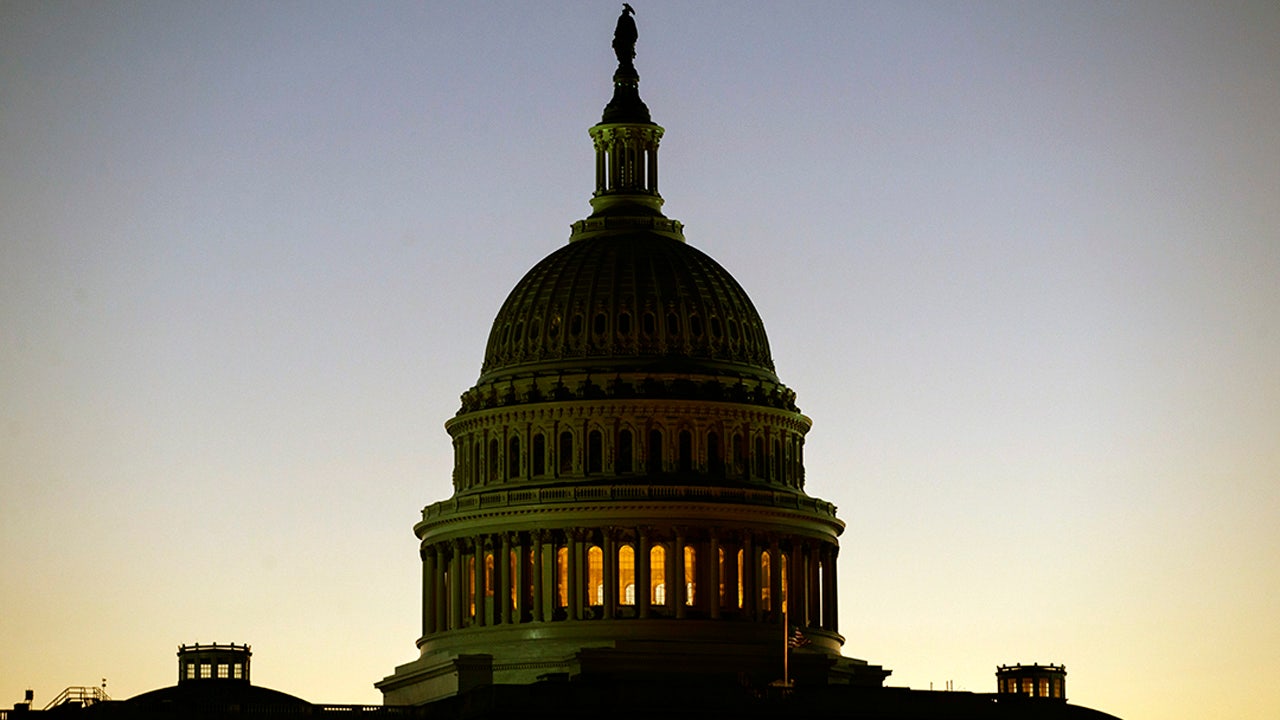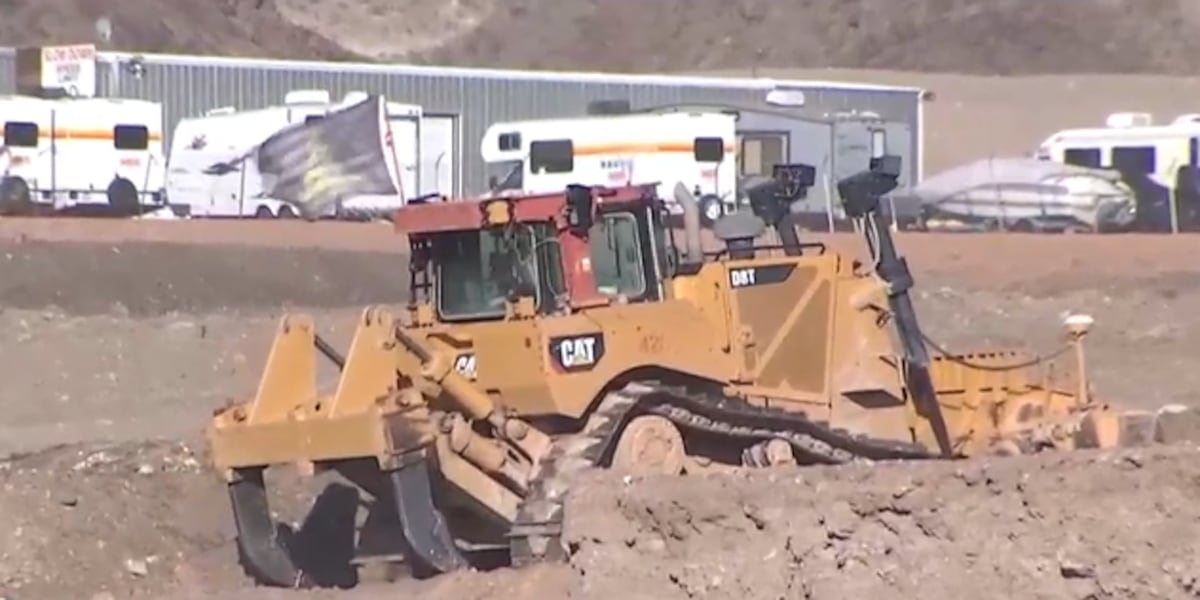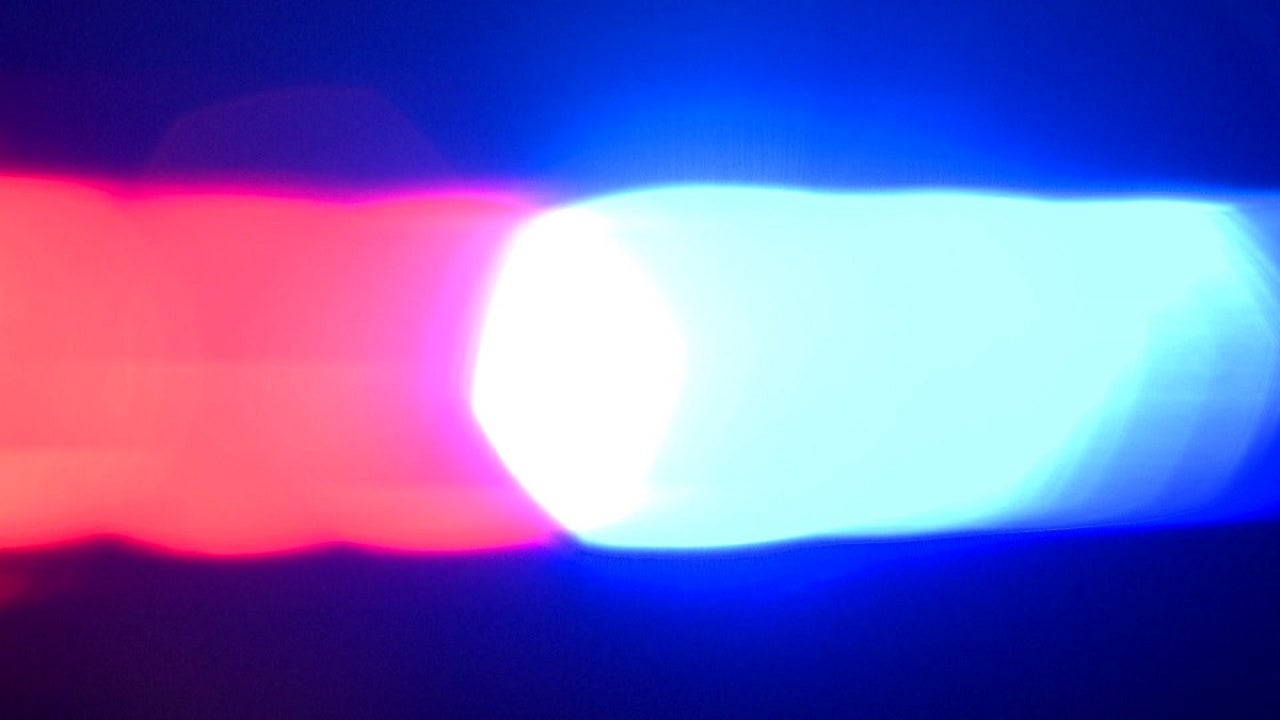As electricity costs grow steeper and Nevada summers grow deadlier, advocates are sounding alarms about the risks to low-income people who can’t afford consistent air conditioning in dangerous temperatures.
Between May and August 2025, there were at least 114 heat-related deaths in Clark County alone, according to the county coroner’s office.
This summer’s scourge of heat-related death and illness mirrors a nationwide trend. Recent studies show that extreme summertime heat is now the leading cause of weather-related deaths, according to the U.S. Environmental Protection Agency (EPA).
In 2023, the death certificates of more than 2,300 people who died in the summer mention the effects of excessive heat, the highest number in 45 years of records, according to an Associated Press analysis of Centers for Disease Control and Prevention data. Three-quarters of those deaths occurred in five states: Arizona, Texas, Florida, Louisiana and Nevada.
According to the nonprofit organization Climate Central, Las Vegas and Reno are the two fastest-warming cities nationwide. Las Vegas’ environment puts residents at particular danger from extreme heat. The city’s sprawl has created a “heat island,” where heat-absorbing roads and buildings further increase temperatures.
Yanci Hill works to protect her fellow Nevadans from extreme heat as part of the Latin-focused environmental group Chispa Nevada, which advocates for less expensive utility costs and more transparent utility policies for Nevadans. She experienced extreme heat herself in July 2024, when the central air-conditioning unit in her one-story home in Henderson broke.
Hill, her husband and their 18-year-old daughter spent five days virtually trapped inside their home. “It was 113 degrees outside,” she explained, “and 102 degrees inside. We were sleeping with cold compresses on our foreheads and ice packs under our pillows.” The heat got so bad, Hill said, one of the family cats fell ill with liver disease.
Hill said one of her friends once had her utilities shut off because she was a few dollars short on her bill.
The federal government has long recognized the need to ensure Americans can access their utilities in extreme weather. Since 1980, the federal Low Income Home Energy Assistance Program (LIHEAP) has provided funds to state governments to subsidize residents who have trouble affording their heating or cooling bills. But according to Mark Wolfe, executive director of the National Energy Assistance Directors Association (NEADA), which represents the program’s state managers, roughly 85 percent of the program’s resources are used for heating in the winter. That leaves less support available nationally for households requiring cooling.
“How do we protect vulnerable households both during periods of extreme heat and extreme cold?” asked Wolfe. “The rules haven’t caught up.”
Nationally, the cost of electricity has risen at twice the pace of the average cost of living, exacerbating this problem. According to NEADA, almost one in every five of the poorest families lacks consistent access to cooling.
To supplement the LIHEAP program’s efforts and keep utilities operating in sweltering heat, many states bar utility companies from disconnecting services in certain temperatures or during certain months.
Nevada is one of 20 states that offer protections from utility shutoffs during extreme heat and one of 41 states that offer the same protections during extreme cold. According to the Public Utilities Commission of Nevada (PUCN), utilities cannot be disconnected when the temperature is above 105 degrees. If customers are elderly or disabled, that threshold drops to 95 degrees. Utility disconnections also must be delayed for 30 days if a resident is experiencing a medical emergency.
But Olivia Tanager of the Sierra Club’s Toiyabe Chapter, one of Nevada’s largest environmental organizations, said she believes the state must do more.
Some states have their temperature-based protections kick in at a lower threshold. Arizona, for instance, prevents utilities from being shut off during summer months or whenever it hits 95 degrees.
“I think a lower threshold — in the 92 or 95 degree area — would be much more reasonable for Nevada, because we also know, especially in Southern Nevada, the heat disparities between different neighborhoods are very extreme,” said Tanager.
In this year’s legislative session, a bill that went even further — prohibiting utility cutoffs from May 1 to Oct. 31 — died without a hearing.
Along with more expansive time- or temperature-based protections, environmental and consumer advocates have encouraged the state to provide more robust financial assistance to low-income families. Nevada is one of 26 states plus Washington, D.C., that offer assistance with summer energy bills, partnering with the federally funded LIHEAP to provide support to consumers through the Energy Assistance Program (EAP). NV Energy, which controls the majority of utilities in Southern Nevada, also oversees the Special Assistance Fund for Energy (SAFE) program, which is intended to supplement state and federal assistance.
But Nevada is not one of the 21 states with explicit policies protecting low-income families from utility disconnections during summer months. Such disconnections are only barred if the temperature is above 105 degrees. But even if families keep their utilities on in such intense heat, they must foot the bill. A public utilities commission spokesperson told The Nevada Independent in a statement that Nevada places “a moratorium on disconnections during periods of extreme temperatures; the regulations do not exempt customers from paying utility bills incurred during extreme temperature periods.”
Residents are only allowed to receive EAP funds once annually, which Tanager says further prevents the program from becoming a long-term solution to an affordability crisis.
“While we do have resources, and while we appreciate those resources existing, we know that it’s not working for everybody,” she said.
Tanager’s Sierra Club and Hill’s Chispa Nevada are part of the Nevada Environmental Justice Coalition, which sent a group of activists to the state legislative session in April 2025 to advocate for greater transparency and affordability concerning utilities. They petitioned successfully for the passage of AB442, which requires the Public Utilities Commission to report quarterly data on when and where utility services are being disconnected, and AB452, which requires greater transparency around the setting of utility rates.
“AB452 was really about consumer protections — how do we know what we’re paying for as energy consumers?” said Assm. Tracy Brown-May, who sponsored the bill. “So that we know when [Nevada utility companies] purchase that natural gas, the cost of it is not all immediately passed onto the rate payer, with no data or information as to why.”
In February 2025, NV Energy proposed a revenue increase that would spike rates up to 9 percent, a move they justified by pointing to last year’s expensive heat waves. The Public Utilities Commission, forced to delay August public hearings on the matter due to the government’s recent cyberattack, is expected to vote on the proposed rate hike next week.
Tanager, for her part, said she hopes that the commission votes against the hike.
“The utility companies are bringing in record profits year-after-year, but Nevadans continue to be squeezed more and more,” she stated. “Several percentage points of people in each ZIP code are unable to pay their utility bill each year, which is, in my opinion, just disgusting.”
Cora Lewis of The Associated Press contributed to this article.






























